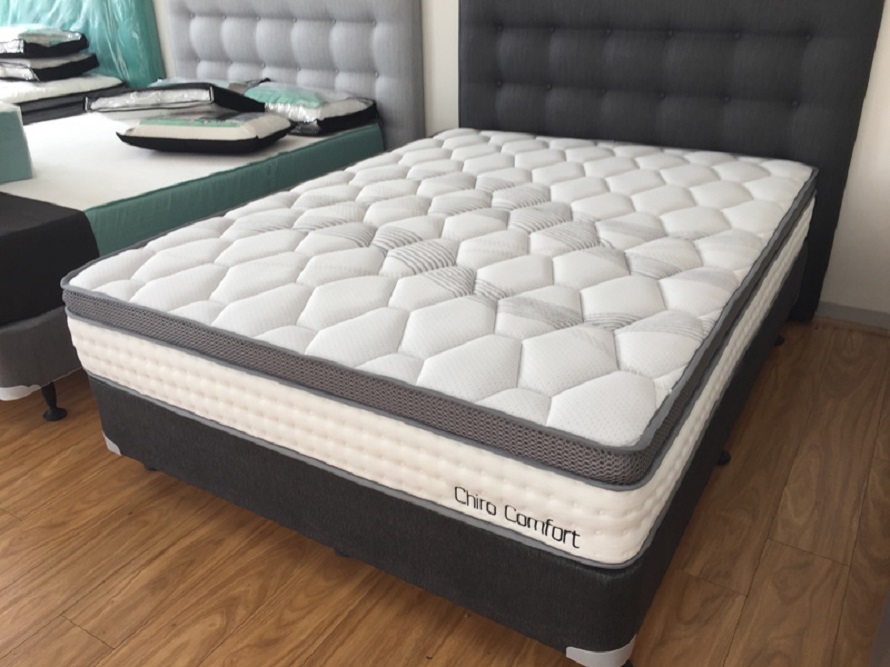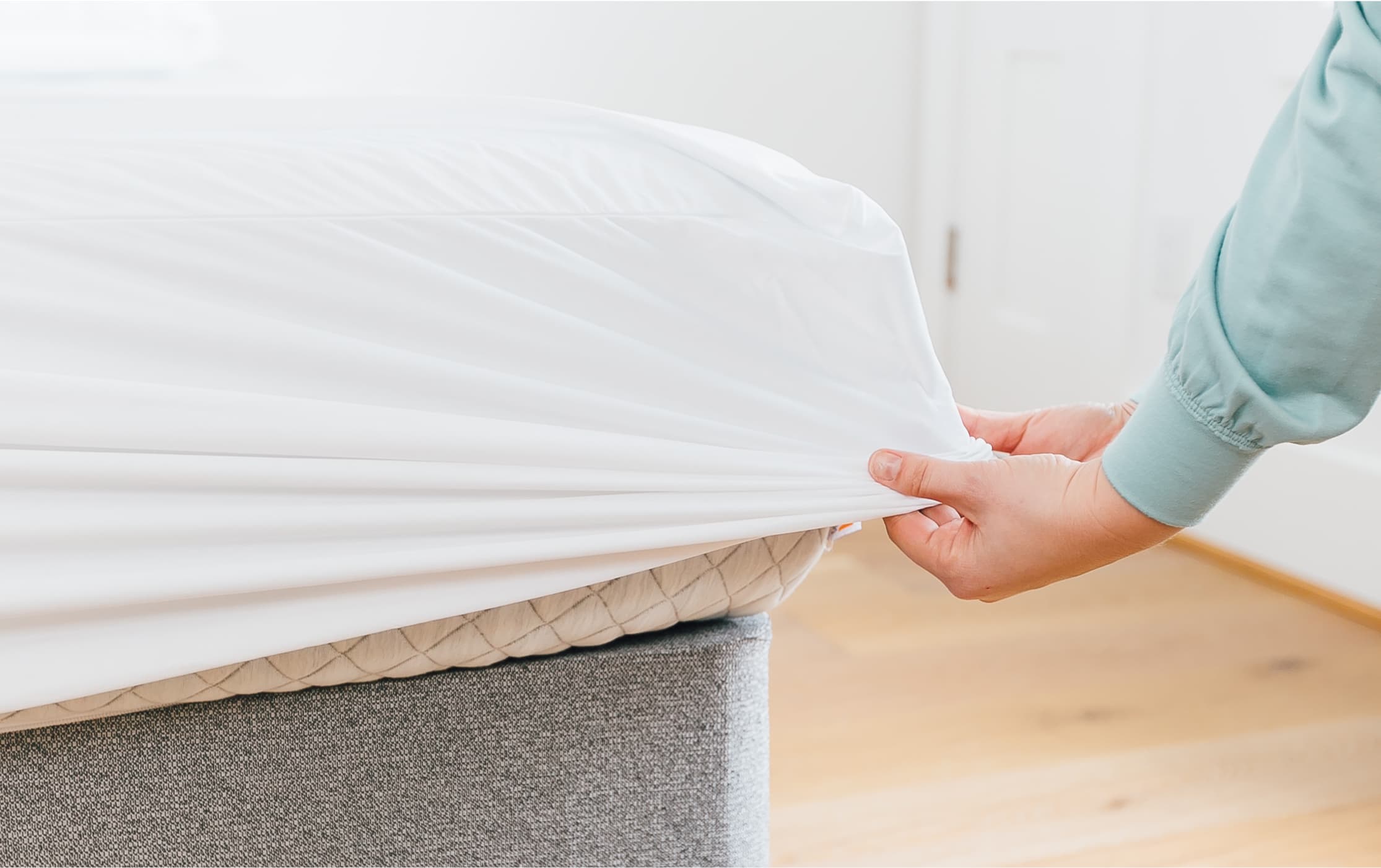Home and Garden
Finding The Right Mattress: What’s Your Best Bet for a Comfy Bed?
If there’s one type of people I envy, it’s the ones who fall asleep immediately after their body touches the bed. I call them the lucky ones. The rest of us have to do whatever it takes to somehow manage to drift off to dreamland. Sleeping pills, aromatherapy – you’ve probably tried everything that science claims to work but you still find yourself tossing and turning. The struggle is real!
On the other hand, there are people who sleep about 8 hours a day but still feel as if they were up all night after they wake up. The reason? A mattress that doesn’t fit their bodies! Yes, it is as simple as that. Time for some changes for the better! Here’s what to be on the lookout for when searching for The One.

Not Too Big, Not Too Small…
Finding the right mattress size from the vast options on the market can be tricky. I bet you think the bigger the better. However, if it’s too big it will disrupt your centre of balance. On the other hand, if it’s too small, your feet might hang out of it. You need to pick a mattress size that’s just right for your body – the one that’s around 10 cm longer than your height. Since all that royal terminology can be quite confusing, here’s a handy table with all the different types of mattress size.
| Bed Type | Metric Measurements |
| Single | 92 cm x 187 cm |
| Single Long | 92 cm x 203 cm |
| King Single | 106 cm x 203 cm |
| Double Size | 137 cm x 187 cm |
| Queen Size | 153 cm x 203 cm |
| King Size | 183 cm x 203 cm |
I just can’t understand why when it comes to mattresses, people race for the softest one they can find. Let me be clear, softer does not necessarily equal better. If the mattress is too soft, it will make your body sink in which is bad for your posture, can make breathing harder which leads to sleep apnea (which then leads to chronic fatigue syndrome). A good mattress needs to support the body’s natural position where the spine has a nice curvature, and the head, shoulders, hips and heels are all in a proper alignment. When the mattress is a bit on the hard side it supports the main pressure points and helps achieve that perfect body position. However, be careful, you don’t want to pick one that’s too firm, or you’ll feel like you’re sleeping on the floor.
It’s What’s on The Inside That Counts
Spring, foam, latex or air-filled? So many different options, which one to choose? Innerspring is the most widespread type of mattress because it’s the most affordable one. However, it has other advantages too. If you’re more on the chubby side, the coil springs will offer you the best support. Plus, most innerspring mattresses today are built with each coil individually enclosed so they won’t pop out easily like they do in cartoons. Furthermore, if you’re sleeping with a partner who tosses and turns all night, a memory foam mattress is your solution. It moulds according to the shape of the body and reduces pressure points. However, if you are a couple with a dramatic difference in preferences, don’t start fighting just yet – an air mattress can give you the best of both worlds. It’s made of air-filled chambers instead of coils and its firmness can be adjusted on both sides separately. If you’re into a more bouncy feel – latex is your choice of material. It offers the comfort similar to that of memory foam, but with more firmness and support. This combination makes it great for anyone suffering from back pain.
I hope these tips will shed light on your mattress dilemma and you’ll be able to find the right one for you. I wish you many pleasant nights ahead!















